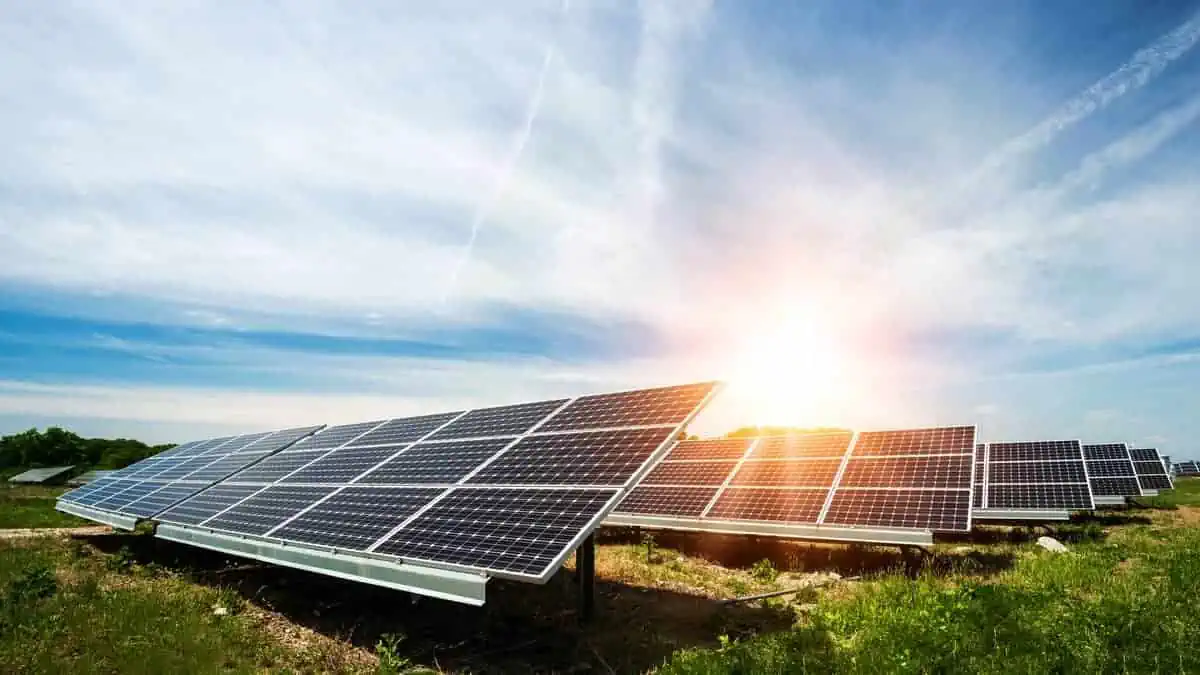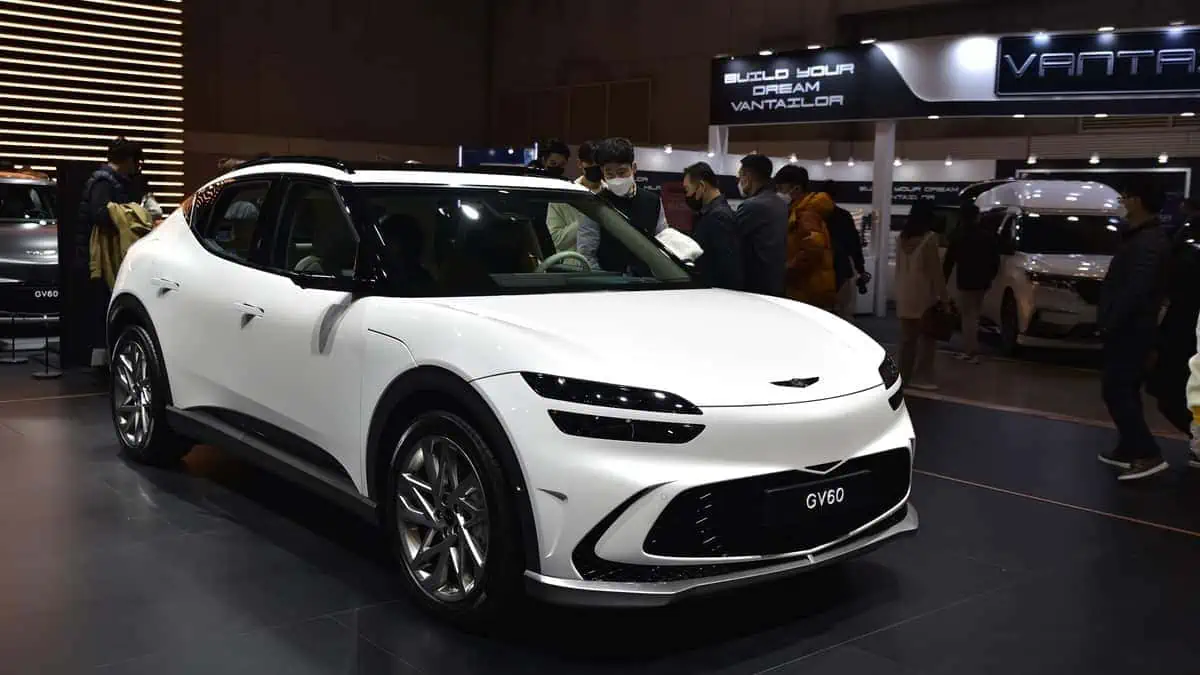The growing popularity of green and sustainable technologies, such as solar energy-based products and electric vehicles, continues to contribute to slowing down climate change. These technologies can potentially aid in maintaining global warming levels to the global target of 1.5°C above pre-industrial levels, Associated Press reports, citing the International Energy Agency’s (IEA) Tuesday report.
IEA forecasts
The IEA forecasts that fossil fuels, including coal, oil, and natural gas, will witness a peak demand by 2030 “even without any new climate policies.” According to the report, their CO2 emissions reported a record-breaking 37 gigatons in 2022 alone due to the Ukraine war and lack of investments in clean energy supply chains.
“Instead of starting to fall as envisaged in our 2021 report, demand for fossil fuel has increased.”
IEA
Therefore, the agency suggests that the world would not need new investments for fossil fuel-based projects.
Meanwhile, the IEA noted that solar energy and electric vehicle sales growth worldwide has been substantially reducing carbon emissions in the past two years. Despite the narrowing window for achieving the global goal, these technologies remain strong weapons to combat climate change.
According to the report, solar energy installations grew almost 50%, while EV sales surged 240% in the past two years.
“Global climate continues to change at a frightening speed. There are legitimate reasons to be hopeful. The spectacular increase in clean energy is keeping the door still open.”
Fatih Birol, IEA Executive Director, stated in an online press event.
What must be done?
In order to ensure that the world caps warming to 1.5°C, the agency suggests that renewable energy adoption must increase by threefold this decade.
Moreover, EV sales must hit a whopping share of 70% of the overall volume in the same period. It indicates a significant adjustment from the current 13% share.
In contrast, methane-induced emissions must drop by 75%. As the report noted, this greenhouse gas is 80 times stronger than carbon dioxide in the short term.
In addition, climate initiatives must get more investments to $4.5 trillion every year by the early 2030s, up from just $1.8 trillion this year.
The agency warned that the world may need to rely on expensive carbon removal technology deployments if it fails to hit the globally agreed warming cap.
Moreover, it warned that the world must cut almost five gigatons of carbon dioxide annually in the second half of the century if it misses the target.
“The actions we need to take now are increasingly massive, and there is no slack left in the plan. It is now in the hands of governments to deliver.”
Ember Energy Analyst Dave Jones
Canada lags behind
CBC noted the report’s call for Canada to launch its announced clean energy policies and fossil fuel emissions limits immediately.
“It’s not just about bending the curve on global emissions — that is obviously first and foremost — but it’s also about setting Canada up to thrive in a net-zero economy.
As the energy marketplace shifts globally, Canada needs to keep up because our trading partners will start making long-term purchasing decisions based on what their own climate targets are and how they’re going to meet those.”
Janetta McKenzie, Pembina Institute Senior Analyst
See Also:
- IEA says other areas in the fight against climate change need to improve as EV sales soar
- IEA forecasts electric car sales to surge 35% in 2023
- IEA: By 2025, “almost all” latest electricity generation will be sustainable or Nuclear
- IEA: Renewable energy sources to keep global CO2 emissions from increasing over 1% this year
- IEA says other areas in the fight against climate change need to improve as EV sales soar
The world must indeed cut its reliance on polluting fossil fuels. Governments across the world must start adopting renewable energies like solar and sustainable technologies. If not, they will have no choice but to employ carbon capture technology, which is expensive and tends to be ineffective.






